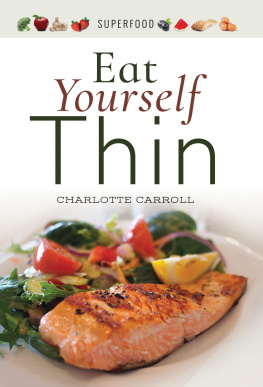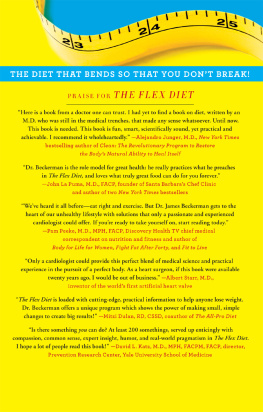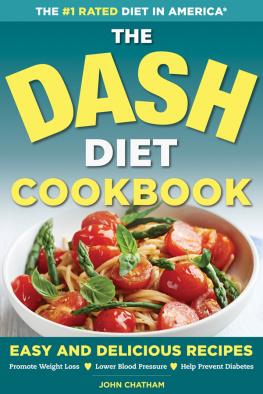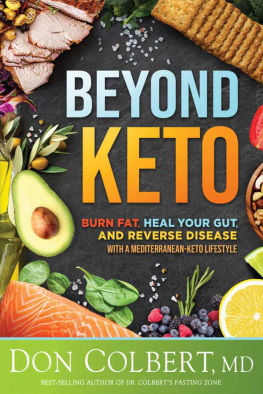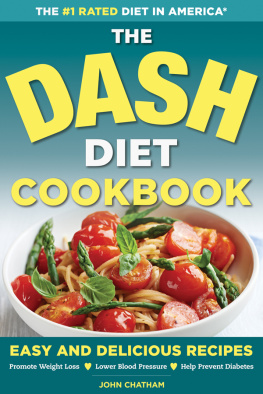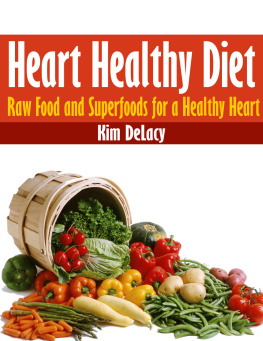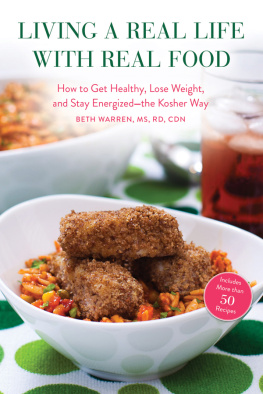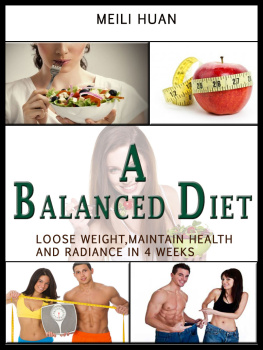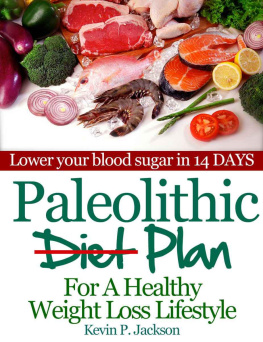
COMBINE RAW AND COOKED FOODS FOR OPTIMAL HEALTH, WEIGHT LOSS, AND VITALITY
TINA LEIGH, C.H.H.C., C.P.C.
Founder of Haute Health, www.HauteHealthNow.com

2013 Fair Winds Press
Text 2013 Tina Leigh
Photography 2013 Fair Winds Press
First published in the USA in 2013 by
Fair Winds Press, a member of
Quayside Publishing Group
100 Cummings Center
Suite 406-L
Beverly, MA 01915-6101
www.fairwindspress.com
All rights reserved. No part of this book may be reproduced or utilized, in any form or by any means, electronic or mechanical, without prior permission in writing from the publisher.
17 16 15 14 13 1 2 3 4 5
Digital edition published in 2013
eISBN: 978-1-61058-741-9
Digital Edition: 978-1-59233-551-0
Softcover Edition: 978-1-61058-741-9
Library of Congress Cataloging-in-Publication Data available
Cover and book design by Carol Holtz
Book layout by Duckie Designs
Photography by Glenn Scott Photography
Food styling by Jessica Weatherhead
The information in this book is for educational purposes only. It is not intended to replace the advice of a physician or medical practitioner. Please see your health care provider before beginning any new health program.

I dedicate this book to...
My mom, for ensuring we had vegetables at lunch and salad with our evening meal
My family and friends, for believing no dream of mine is ever out of reach
The many leaders, teachers, and healers who have guided me through my health journey and helped me develop an appreciation for holistic self-care
And my clients, who continually share their unique gifts, personalities, goals, and needs, and motivate me to grow in my knowledge of health and nutrition

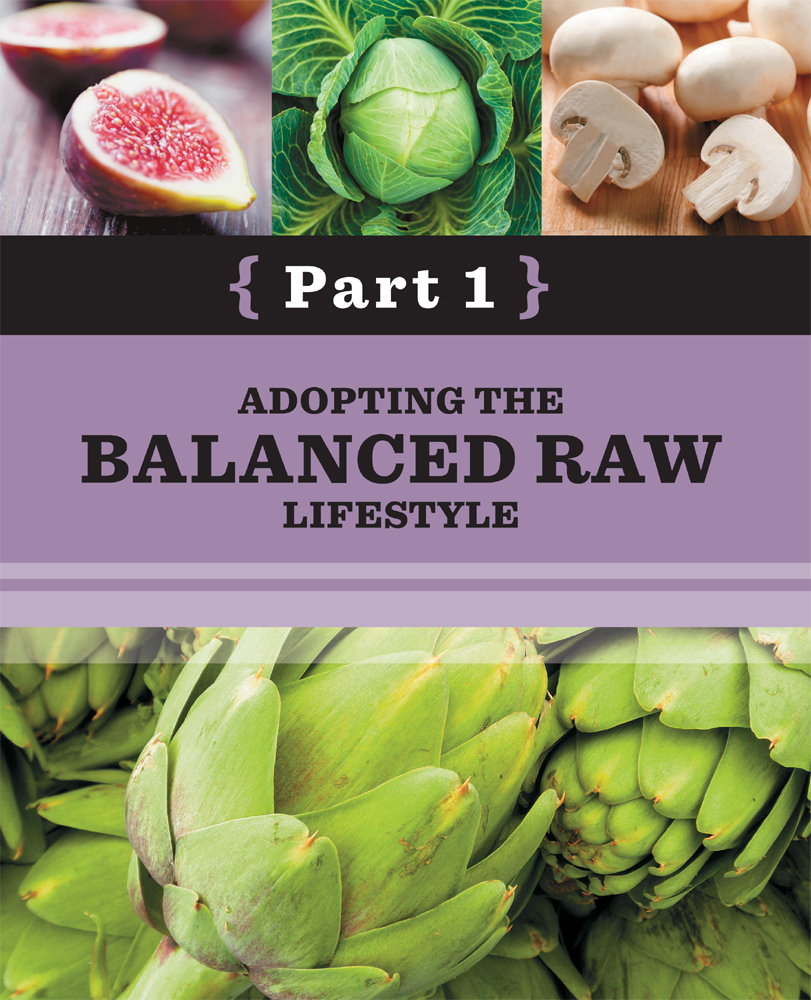

IMAGINE A DIET FREE OF ANY FOOD THAT IS PROCESSED OR ARTIFICIAL. A diet in which canned or cooked foods are considered void of nutrients. A diet in which bottled condiments like salad dressings, marinades, and concentrated oils made from soybeans, peanuts, and corn are excluded. This diet is rich in raw and organic vegetables, fruits, seaweeds, nuts, sprouted grains, seeds, and legumes. In most cases, animal products are omitted, but some followers choose to supplement their heavy roughage intake with raw beef, dairy, and fish.
This diet is known as raw because it includes only those foods that are unaltered, made from scratch, and eaten in their most natural form. Although some raw foodists eat a small portion of cooked foods, to preserve the nutritional content most fare is eaten cold, at room temperature, or warmed to heats never exceeding 118F (48C).
MANY HAVE ADOPTED THE DIET IN THE NAME OF HEALTH. ADVOCATES, CALLED RAW FOODISTS, believe eating mostly uncooked and unprocessed foods is the gateway to a disease-free existence and by doing so they thrive from eating a Living Foods Diet, a name interchangeable with Raw. To some, and even you, this diet may sound perfect. But is it?
A new raw food approach, or as I like to call it, Balanced Raw, is gaining momentum and being recognized as the program of choice for optimum health, sustainability, and balanced nutrition because it includes a variety of both raw and cooked foods that are low in fat and rich in enzymes, macronutrients, vitamins, and minerals. Even some of the most respected and steadfast raw foodists are converting to this new approach, and their swing from high raw (75 percent raw or more) to balanced raw (50 percent or more) is due to the belief that cooked foods are nourishing and grounding and that cooking enhances the absorption of nutrients in certain foods, as is the case with tomatoes. A balanced raw diet is lower in fat than a 100 percent raw diet because it is not heavily reliant on high-fat nuts for protein, and instead includes cooked legumes and grains. This is essential as low-fat diets help to protect against high cholesterol, heart disease, diabetes, stroke, and even cancer.
Furthermore, a balanced diet of raw and cooked foods is common in Asian cultures, which include some of the healthiest and longest-living people on the planet. And in a 2012 article in The Huffington Post, author Isaac Eliaz, M.D., M.S., L.Ac., suggests that eating cooked foods brings warmth to the gut and increases digestive fire, resulting in more efficient digestion and assimilationsomething you will come to understand is essential for optimum health.
In a January 2012 interview in Veg News, Victoria Boutenko, a pioneer of the green smoothie movement and follower of a 100 percent raw diet for more than a decade, shared her conversion to a part-time raw approach. She said, What is more nourishing: steamed asparagus or cashew nuts? Lightly cooked red cabbage or an ounce of raw almond butter? A baked apple or a slice of a raw dessert? I know now these cooked foods are nutritionally superior, but I didnt know then to ask these questions. Victoria affirms that by eating some cooked foods we are exposed to variety, and that eating cooked vegetables is better for our health than eating a cup of nut butter.
Chad Sarno, a revered chef who for years developed raw menus for restaurants around the globe, has also recently changed his rawtarian tune. After getting a complete blood panel, he found his cholesterol and triglyceride levels to be deep in the unhealthy range. He attributed the disappointing results to eating a traditional raw foods diet. He believed for many years that an abundance of nuts provided a healthy source of fat and protein. However, after receiving the results of his blood work, he realized the negative health consequences of eating these foods in excess. He immediately put himself on a part-time raw diet consisting of mostly vegetables (raw and cooked), cooked grains, and legumes, and was astonished when after only four months his cholesterol dropped one hundred points and his triglyceride levels came back into the healthy range.
This book isnt just for people who eat only raw foods and want to enhance their diet with cooked foods. If you have been eating a diet composed mainly of cooked foods and want to convert to a greater percentage of raw, you will also be enlightened because this book is all about balance. Whether shifting from high raw to balanced raw, or the opposite, the goal is to help you find middle ground. The program and recipes will be your guides to health transformation and will support you no matter what your eating habits are today. Through these pages you will be introduced to lifestyle tools, resources, and meals that will bring equilibrium to your scales.
WHY THE EMERGENCE OF BALANCED RAW?
The raw food diet began more than a century ago, and in the late 1970s the persuasive movement erupted, based on the belief that cooking denatures or destroys essential enzymes in our food, and that eating living enzymes is the secret to longevity and sustained health. The raw diet generally consists of unprocessed, ideally organic, and entirely uncooked or dehydrated fruits and vegetables, some sprouted grains and beans, and a hefty dose of nuts and seeds. A large percentage of raw foodists also adhere to a vegan diet, one without animal foods of any kind. There is a significantly smaller population of raw followers who choose to consume raw dairy, meat, and fish.
Next page

